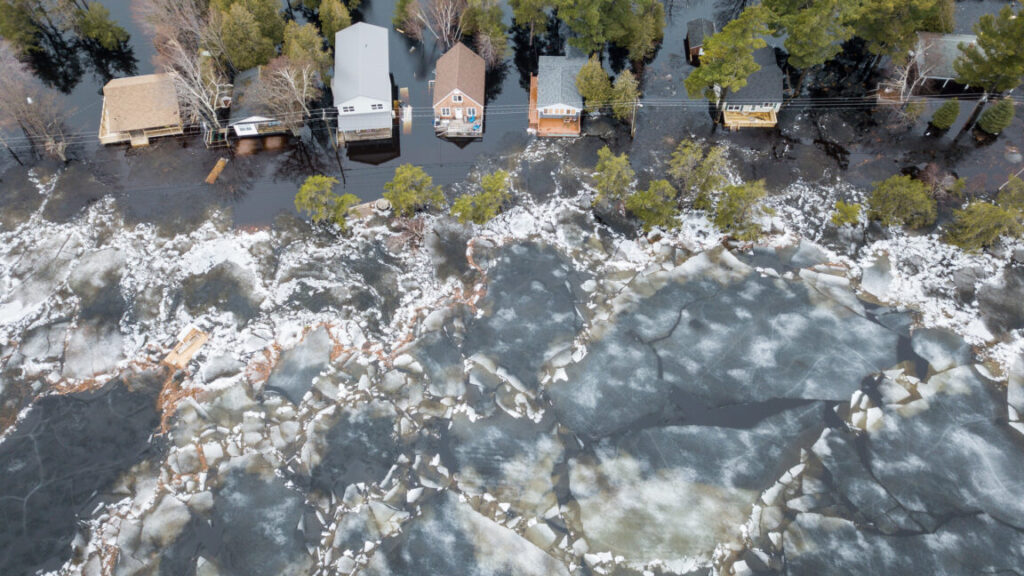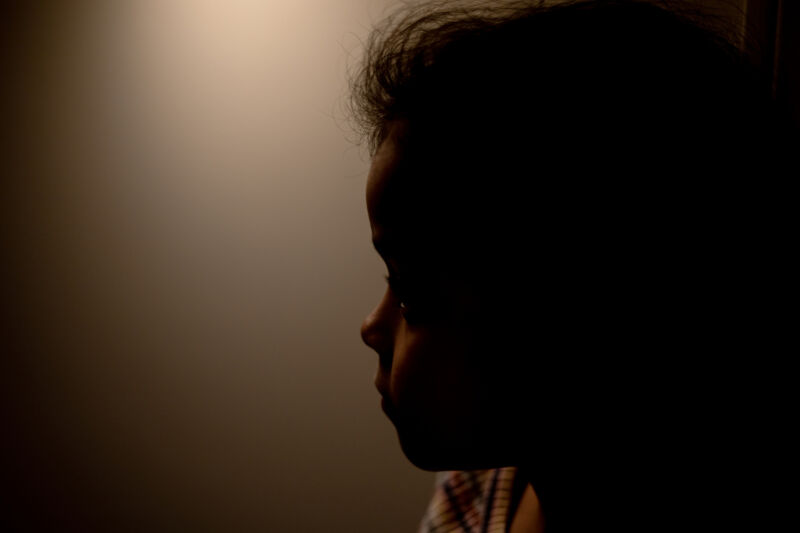Can the legal system catch up with climate science?
Similarly, it’s possible to calculate the impact of emissions within a limited number of years. For example, Callahan and Mankin note that internal oil company research suggested that climate change would be a problem back around 1980, and calculated the impact of emissions that occurred after people knew they were an issue. So, the approach is extremely flexible.
From there, the researchers could use empirical information that links elevated temperatures to economic damage. “Recent peer-reviewed work has used econometrics to infer causal relationships between climate hazards and outcomes such as income loss, reduced agricultural yields, increased human mortality, and depressed economic growth,” Callahan and Mankin write. These metrics can be used to estimate the cost of things like flooding, crop losses, and other economic damages. Alternately, the researchers could analyze the impact on individual climate events where the financial costs have been calculated separately.
Massive damages
To implement their method, the researchers perform lots of individual models, collectively providing the most probable costs and the likely range around them. First, they translate each company’s emissions into the impact on the global mean surface temperature. That gets translated to an impact on extreme temperatures, producing an estimate of what the days with the five most extreme temperatures would look like. That, in turn, is translated to economic damages associated with extreme heat.
Callahan and Mankin use Chevron as an example. By 2020, Chevron’s emissions were responsible for 0.025° C of the warming that year. If you perform a similar analysis for the ears between 1991 and 2020, the researchers come up with a range of damages that runs from a low of about $800 billion all the way up to $3.6 trillion. Most of the damage affected nations in the tropics.
Carrying on through the five companies that have led to the most carbon emissions, they calculate that Saudi Aramco, Gazprom, Chevron, and Exxon Mobile have all produced damages of about $2 trillion. BP brings up the rear, with “just” $1.45 trillion in damage. For the full list of 111 carbon majors, Callahan and Mankin place the total damages at roughly $28 trillion.
Can the legal system catch up with climate science? Read More »


